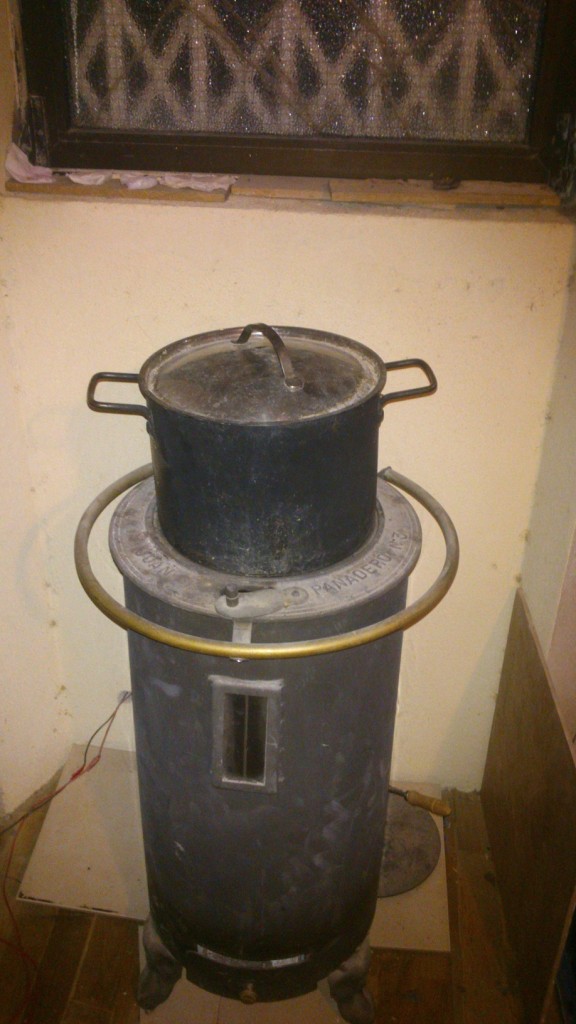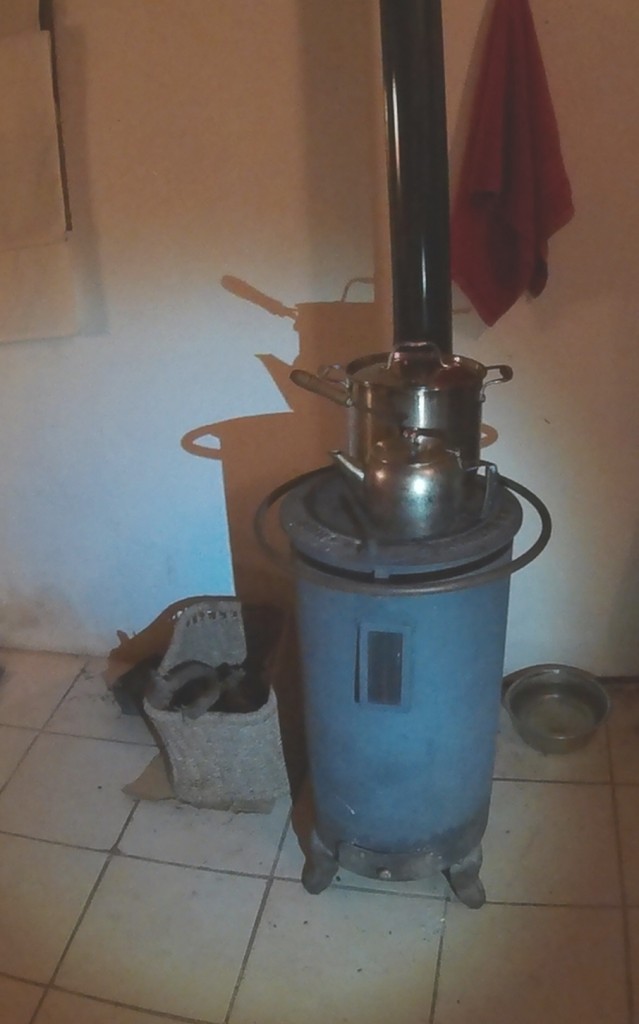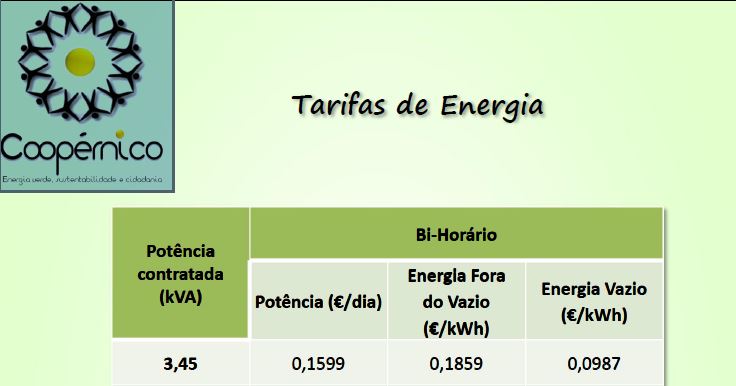
Using readily available biomass such as cut logs can help keep your overall energy bills down. If you are lucky to access to woody biomass which you can harvest sustainably
or access to wood residues like off-cuts it makes sense to spend time and energy collecting and processing these.
As it is on a small scale it is environmentally friendly and does not require huge amounts of energy to produce unlike wood chips or pellets.
During the winter months we use a lot more heat energy to stay warm. This can be in the form of gas central heating or electric underfloor heating or stand alone gas or electric heaters. In either case they are expensive to run. If you like your hot bath and showers in the winter this can add significantly to your energy bills. Using readily available biomass such as wood can help keep your overall energy bills down.
How much money can be saved using biomass as a form of heating.
Here is my own example. Metrics help separate fact from fiction. I like my hot showers and baths during winter. However the cost of electrically heating water at current energy prices is not trivial. [/lang en]

Let's look at the cost of heating a 100 litre tank from 18ºC to 50ºC.
The specific heat capacity of water is 4200 J per kg per degree Kelvin. This is the energy required to raise the temperature of 1 kg of water by 1 degree Kelvin (or Celcius).
The temperature change is 50ºC – 20ºC = 30ºC
100 litres of water is 100 kg
The energy E, in joules required to heat the water is given by E = mass x specific heat capacity x change in temperate,
So , E = 100 kg x 4200 Joules x 30ºC => E = 12600000J (Joules)
1 J/sec = 1 Watt (W)
Hence 12600000J /(3600s) 3500 Wh or 3.5kWh
The actual time it takes for me to electrically heat the tank is 2.5 hours.
I have a 1000 Watt heater.
Therefore 1000 x (2.5h ) = 2500Wh
This is equivalent to 2.5 kWh (kiloWatts)
It would appear I use 1kWh of electricity less that estimated. This maybe be due to the fact the water sinside the tank remains at a higher temperature that the estimated 20ºC
when I start heating electrically.
I get my electricity from the energy co-operative, Coopérnico .
This is their 2019 tariff for bi-horário.

So heating the water during off peak hours (vazio) costs 0.0987 cents per kiloWatt hour (kWh)
So 0.0987€ x 2.5kWh = 0.24675€
(7 days x 4) x 0.24675€ = €6.909
With IVA (VAT) at 23% = €8.4981 is what I can save a month.
I have a hot bath by boiling a pot of 5 litres of water on my wood burner. Doing this 2-3 times a week during winter is worth my while. Besides boiling bath water I can also do a little cooking on top of the wood burner to make further savings.
 English
English  Portuguese
Portuguese 


